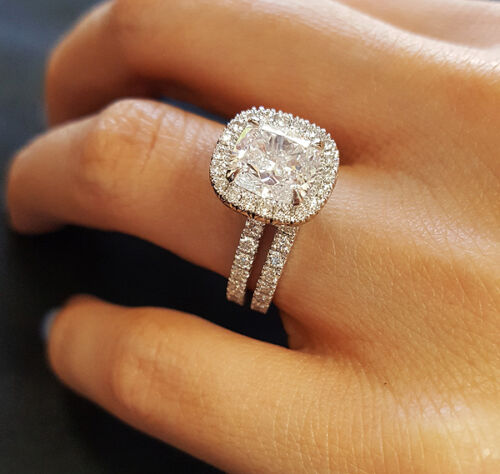The Georgian era, spanning from 1714 to 1830, marked a transformative time in British history, particularly in the realm of personal relationships and expressions of love. During this period, engagement rings UK began to symbolize more than mere contracts; they became emblems of romantic devotion. The evolution of these rings reflects the changing societal values of the time, merging art, emotion, and craftsmanship in stunning ways.
In the early 1700s, marriage was often viewed through a lens of practicality, where financial stability and family alliances dictated choice. However, as the century progressed, romanticism began to take root, shifting perceptions around love and marriage. This shift paved the way for engagement rings to be more than just status symbols; they transformed into cherished tokens of affection. Couples sought to express their love through unique, meaningful designs, often using gemstones that held personal significance.
The most iconic gemstone of the Georgian engagement ring was undoubtedly the diamond. Although diamonds had been valued for centuries, their association with love and fidelity solidified during this era. The rise of diamond mines, particularly in India, made these gems more accessible to the British elite. The clarity and brilliance of diamonds captured the essence of deep emotional connections, making them a popular choice for many engagement rings.
Colored gemstones also flourished during the Georgian period. Sapphires, emeralds, and rubies were frequently used, each stone symbolizing various attributes. Sapphires, with their rich blue hues, were often associated with wisdom and nobility. Emeralds represented rebirth and hope, while rubies, known for their fiery red tones, symbolized passion and love. The use of these gemstones allowed couples to craft a narrative around their engagement, personalizing their rings in ways that resonated with their unique stories.
Craftsmanship during the Georgian era was extraordinary, with artisans employing techniques that showcased both the beauty of the gemstones and the intricate design elements. Ring settings were often elaborate, featuring intricate filigree, engravings, and embellishments that highlighted the gemstones. Styles varied, from simple bands to ornate designs that incorporated motifs such as flowers or nature-inspired themes. This artistry not only made each ring unique but also reflected the individual tastes of the wearers.
One notable trend of the time was the use of posy rings, which often featured romantic inscriptions on the inside. These rings served as a personal reminder of the love shared between partners, adding an intimate touch to the engagement. The tradition of exchanging posy rings during courtship emphasized the emotional bond, marking the transition from mere obligation to genuine affection.
As the Georgian era progressed, the commercialization of engagement rings became more pronounced. Jewelers began to cater to the growing demand for personalized pieces, recognizing that couples desired rings that not only showcased wealth but also conveyed heartfelt sentiment. This shift in the marketplace allowed for greater creativity and variety, giving rise to bespoke designs that would eventually become a staple of engagement rings.
The legacy of Georgian engagement rings extends beyond their physical beauty. They encapsulate a historical moment when love began to take precedence over social contracts in marriage. The gemstones chosen, the designs crafted, and the stories shared all contribute to a rich tapestry of romantic expression that continues to influence contemporary engagement ring traditions.
In conclusion, the Georgian era was a pivotal time for the evolution of engagement rings in Britain. The transformation of these rings from mere symbols of obligation to cherished tokens of love mirrors the broader societal shifts of the time. As we admire the gems of the Georgian era, we celebrate not only their beauty but also the enduring legacy of love that they represent in the context of engagement rings UK. This period laid the groundwork for modern practices, showcasing how gemstones can convey deep emotional significance that transcends generations.

